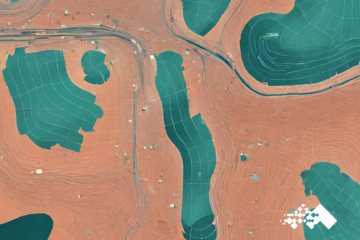Unleash NextGen AI for Financial Services: Streamline Workflows, Boost Efficiency with Mosaic Neural Search
Financial institutions are drowning in data. Traditional search tools struggle to keep up, hindering efficiency and crucial decision-making. Mosaic’s Neural Search Solution, powered by NextGen AI for financial services, tackles this challenge head-on.









